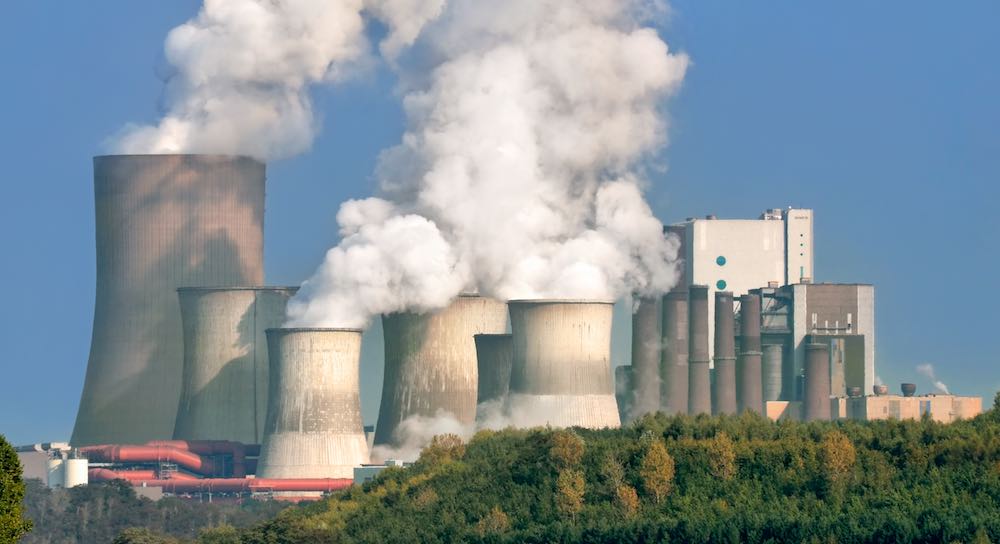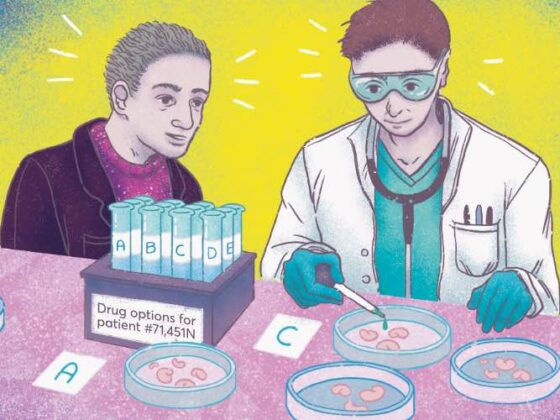Particles found in vehicle exhaust and combustion of fossil fuels are associated with non-small cell lung cancer (NSCLC) risk. A study presented in the Presidential Symposium at the European Society for Medical Oncology (ESMO) Congress 2022, held 9-13 September, showed increasing exposure to 2.5 µm particulate matter (PM2.5) increases NSCLC risk in non-smokers with EGFR mutations.
“The risk of lung cancer from air pollution is lower than from smoking, but we have no control over what we all breathe. Globally, more people are exposed to unsafe levels of air pollution than to toxic chemicals in cigarette smoke, and these data link the importance of addressing climate health to improve human health,” said Charles Swanton, the study presenter, from the Francis Crick Institute, London.
Although smoking is the biggest risk factor for lung cancer, around one in every eight people diagnosed with lung cancer have never smoked. According to the World Health Organization (WHO) air quality guidelines, the safe limit for particulate matter in which the aerodynamic diameter of particles is ≤ 2.5µm (PM2.5) is 5µg/m3. It is known that 99% of the world’s population lives in areas exceeding these limits, with PM2.5 of particular concern, as it is capable of penetrating deep into the lungs and entering the blood stream. In their overview of air pollution and cancer, the International Agency for Research on Cancer (IARC) estimated that in 2010 exposure to PM2.5 was responsible for 223,000 deaths worldwide from lung cancer.
The association between particulate matter and increased lung cancer risk has been well established, but the exact mechanism involved has not been defined.
For the study, Swanton and colleagues analysed samples from 447,932 individuals from the UK Biobank and biobanks in South Korea and Taiwan to determine associations between cancer risk and exposure to increased concentrations of PM2.5.
They found increased PM2.5 concentrations were associated with greater risk of cancers of the lung, small intestine, anus, larynx, lip, and mouth, as well as pleural mesothelioma and glioblastoma.
Next, investigators induced EGFR mutations in mouse models and exposed mice to PM2.5 or control (filtered air). Mice exposed to PM2.5 were more likely to develop lung cancer than non-exposed mice.
In mice the team looked at alveolar type 2 (AT2) cells, thought to be the cells of origin for EGFR-mutations, and found exposure to PM2.5 induced more AT2 transcriptional signatures.
To investigate how this happened, they analysed data from the COPA study, where never-smokers had been exposed to either PM2.5 or filtered air for two hours. In the data, from Christopher Carlsten, from the University of British Columbia, they found interleukin-1β (IL-1β) was raised in people exposed to PM2.5 The investigators went on to show that IL-1β can mimic PM2.5 in stem cell progenitor assays and overcome the need for pollutants, and that in mice treated with the IL-1β anti-body during PM2.5 exposure, tumour growth was completely abrogated.
Finally, the team analysed healthy lung tissue from human never-smokers and found 15% of samples contained EGFR activating mutations (exons 18 to 21).
Pulling the findings together, Swanton explained, “Cells with cancer-causing mutations accumulate naturally as we age, but they are normally inactive. We’ve demonstrated that air pollution wakes these cells up in the lungs, encouraging them to grow and potentially form tumours. The mechanism we’ve identified could ultimately help us to find better ways to prevent and treat lung cancer in never smokers. If we can stop cells from growing in response to air pollution, we can reduce the risk of lung cancer.”
The team believe this model of PM2.5 activating cancer-causing mutations may be equally applicable to other types of cancer, such as mesothelioma, and cancers of the mouth and throat.
Commenting on the study, Tony Mok, from the Chinese University of Hong Kong (who was not involved) said, “Following on from the observation that air pollution is linked to lung cancer, these new data provide an explanation – the biological missing link – for the reason behind this, which may lead to appropriate interventions in the future.” It may be possible, he added, to identify non-smokers with EGFR mutations in their cells before using low-dose computed tomography (LD-CT) to screen for presence of lesions or pre-malignant ground-glass opacity. “Before this, we need to determine if the presence of EGFR mutations can be detected in normal cells in non-smokers using ultrasensitive methods and whether LD-CT can detect premalignant changes,” he said.












